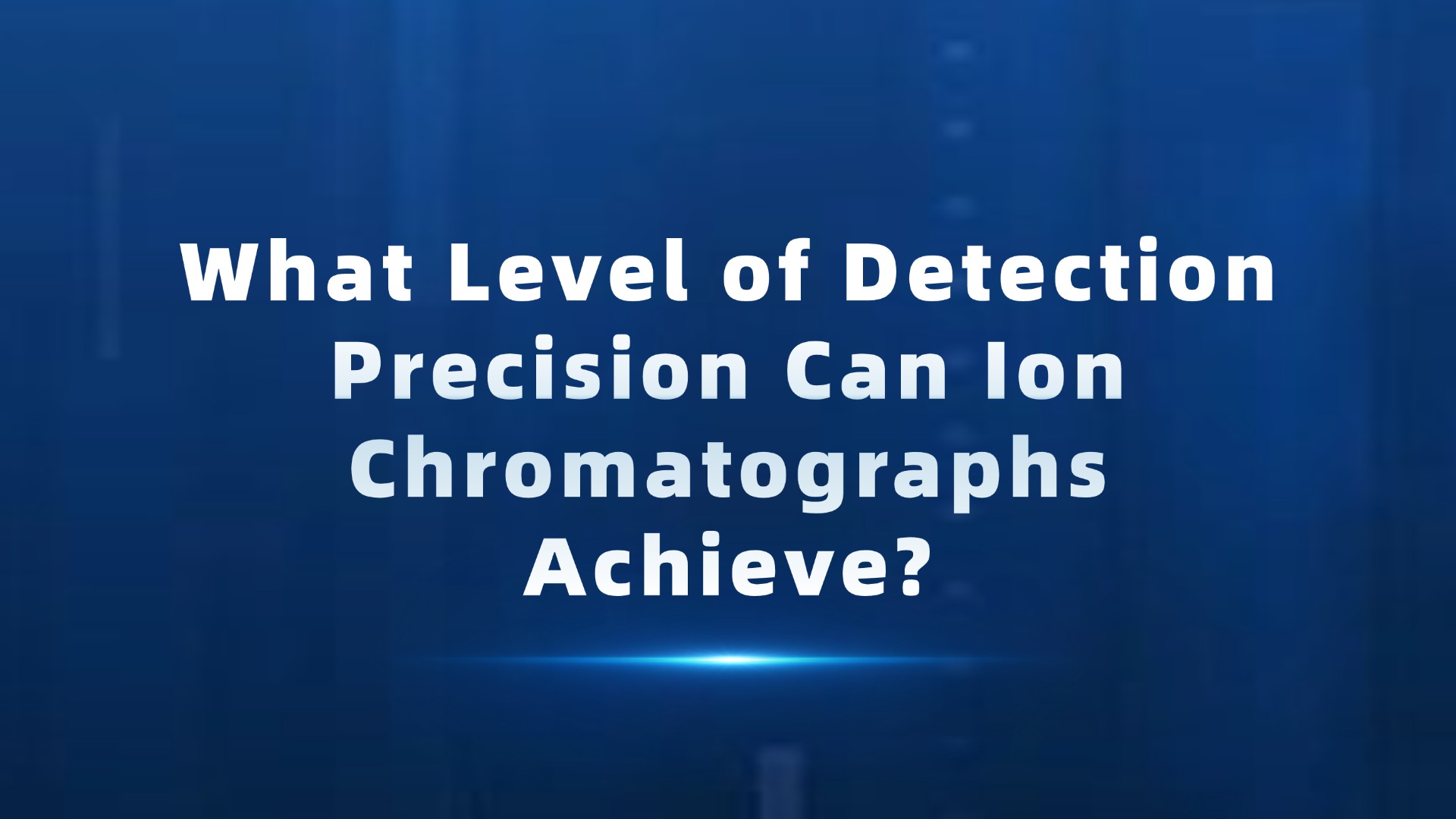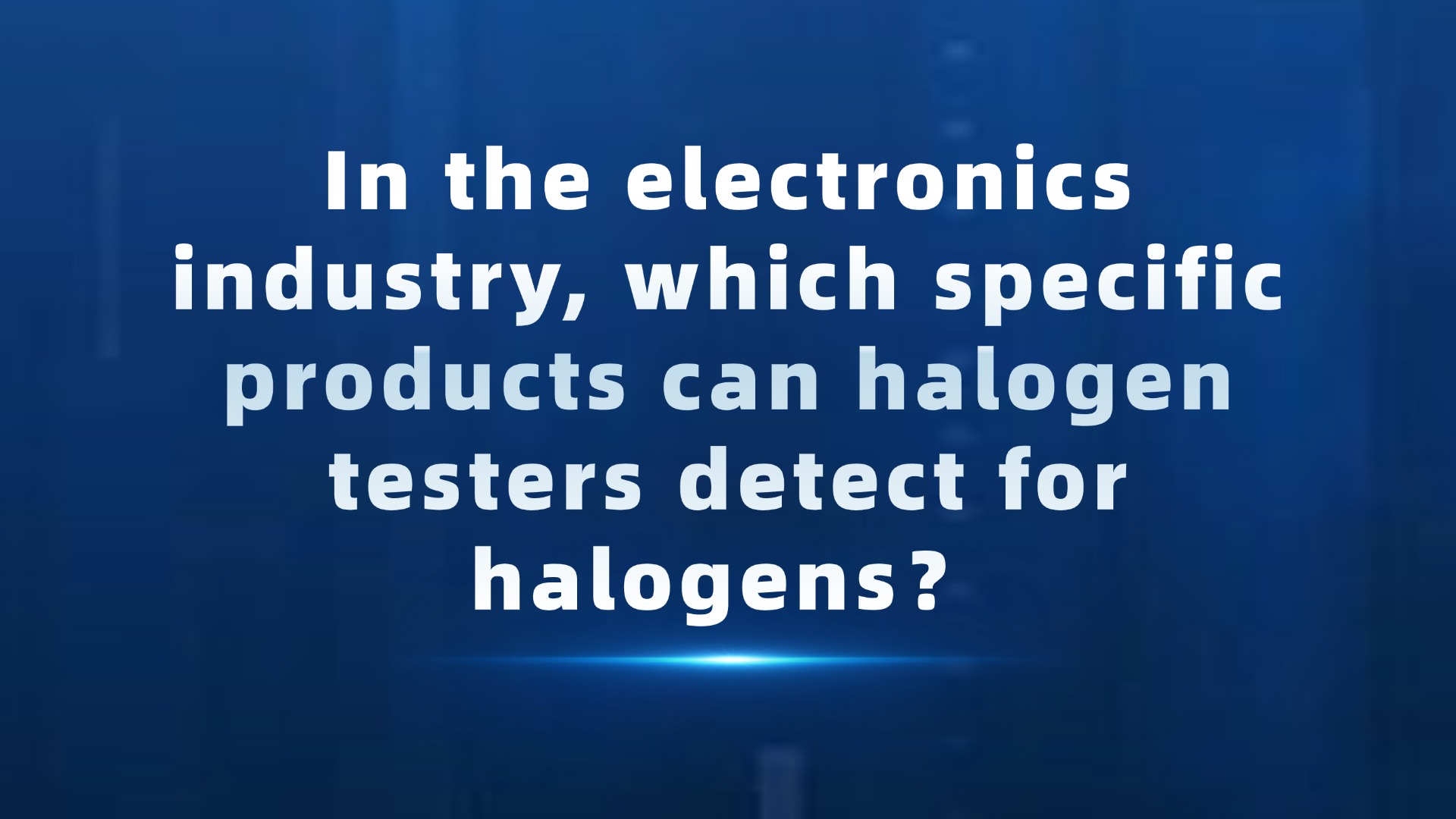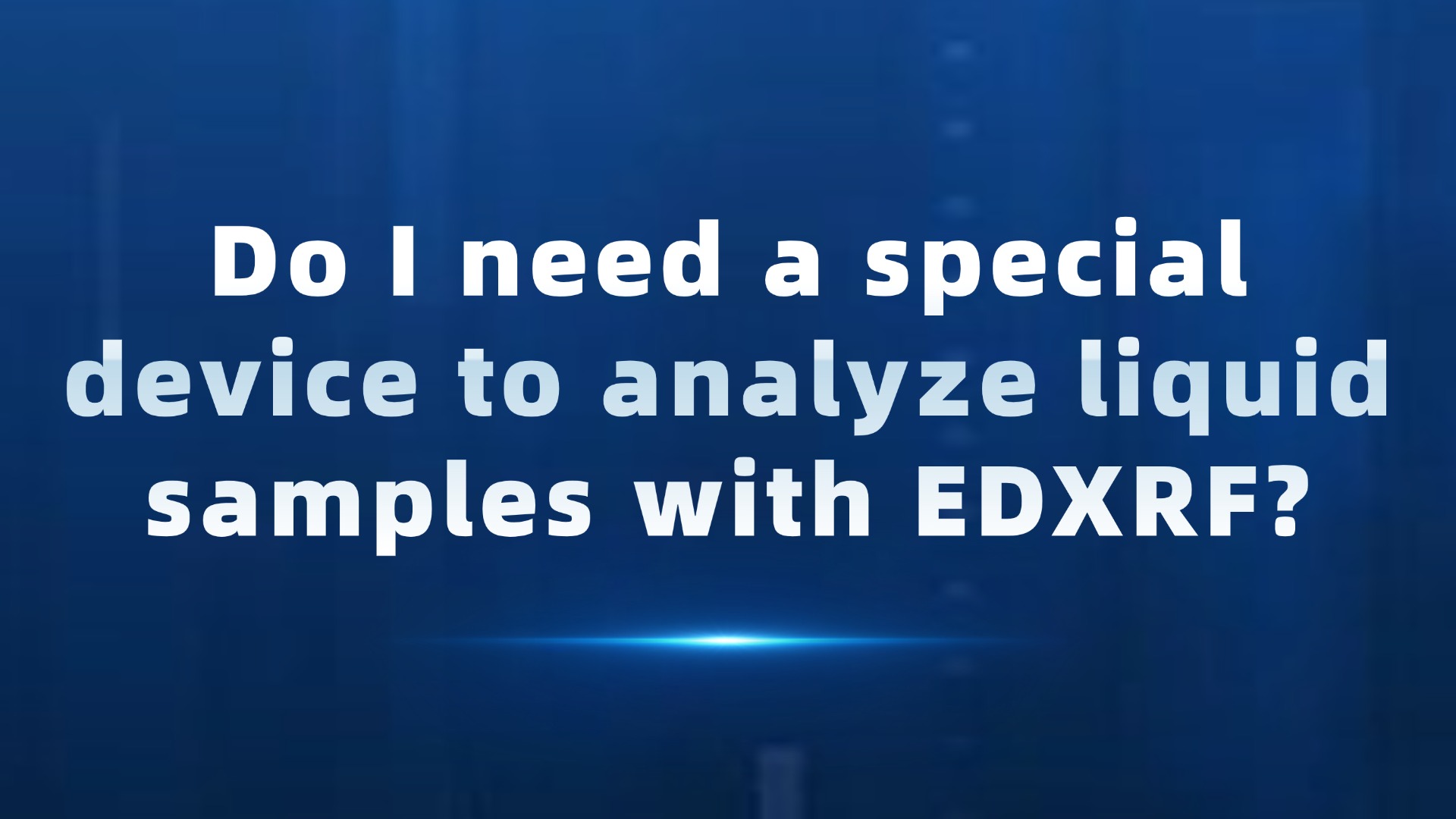Ion chromatography, as a highly sensitive and selective analytical technique, is widely used in environmental monitoring, food safety, life sciences, and other fields. However, the complexity of sample matrices often interferes with the analytical results, making appropriate sample pretreatment crucial before injection analysis.
The main purposes of sample pretreatment are:
Removal of Interfering Substances:
Samples may contain organic matter, particulate matter, heavy metals, and other interfering substances that can affect the separation efficiency of the chromatographic column and the sensitivity of the detector, or even damage the instrument.
Concentration of Target Ions:
For low-concentration target ions, pretreatment steps can be used to enrich and concentrate them, thereby improving detection sensitivity.
Adjustment of Sample Matrix:
The sample matrix should be adjusted to conditions suitable for ion chromatography analysis, such as adjusting pH or removing high-concentration matrix ions.
Depending on the sample type and target ions, different pretreatment methods can be selected. Common pretreatment methods include:
Filtration:
Purpose: To remove particulate matter from the sample, preventing clogging of the chromatographic column and tubing.
Common Method: Use of 0.45 µm or 0.22 µm aqueous phase filters.
Dilution:
Purpose: To reduce the concentration of matrix ions in the sample, minimizing matrix effects.
Note: Excessive dilution may lower the concentration of target ions, affecting detection sensitivity.
Solid Phase Extraction (SPE):
Purpose: To selectively adsorb target ions or remove interfering substances.
Common Fillers: Cation exchange resins, anion exchange resins, chelating resins, etc.
Advantages: High enrichment factor, good selectivity, and simple operation.
Matrix Elimination:
Purpose: To remove high-concentration matrix ions such as Na⁺, K⁺, Ca²⁺, Mg²⁺, etc.
Common Methods: Use of Ba(OH)₂ to precipitate SO₄²⁻, use of Ag₂O to precipitate Cl⁻, etc.
Digestion:
Purpose: To decompose organic matter in the sample, releasing target ions.
Common Methods: Acid digestion, alkaline digestion, microwave digestion, etc.
Note: Digestion may introduce impurities, requiring blank experiments.
Derivatization:
Purpose: To convert target ions into derivatives with stronger detection signals.
Common Methods: Pre-column derivatization, post-column derivatization.
The selection of an appropriate pretreatment method should consider the following factors:
Sample Type: Water, soil, food, biological samples, etc.
Target Ions: Anions, cations, organic acids, sugars, etc.
Interfering Substances: Organic matter, particulate matter, heavy metals, etc.
Analytical Purpose: Qualitative analysis, quantitative analysis, etc.
Avoid introducing new contaminants during the pretreatment process.
Pretreated samples should be analyzed as soon as possible to prevent changes in target ions.
Blank experiments and spike recovery experiments should be conducted to evaluate the accuracy and reliability of the pretreatment method.
Sample pretreatment is an indispensable and crucial step in ion chromatography analysis. Selecting the appropriate pretreatment method can effectively improve the accuracy, sensitivity, and reliability of the analysis. With the continuous advancement of science and technology, new pretreatment techniques and methods will continue to emerge, providing more powerful technical support for ion chromatography analysi




